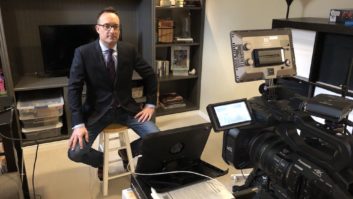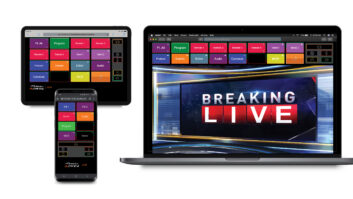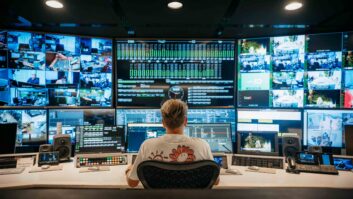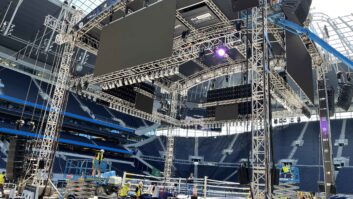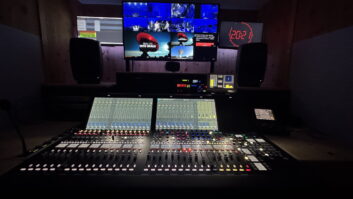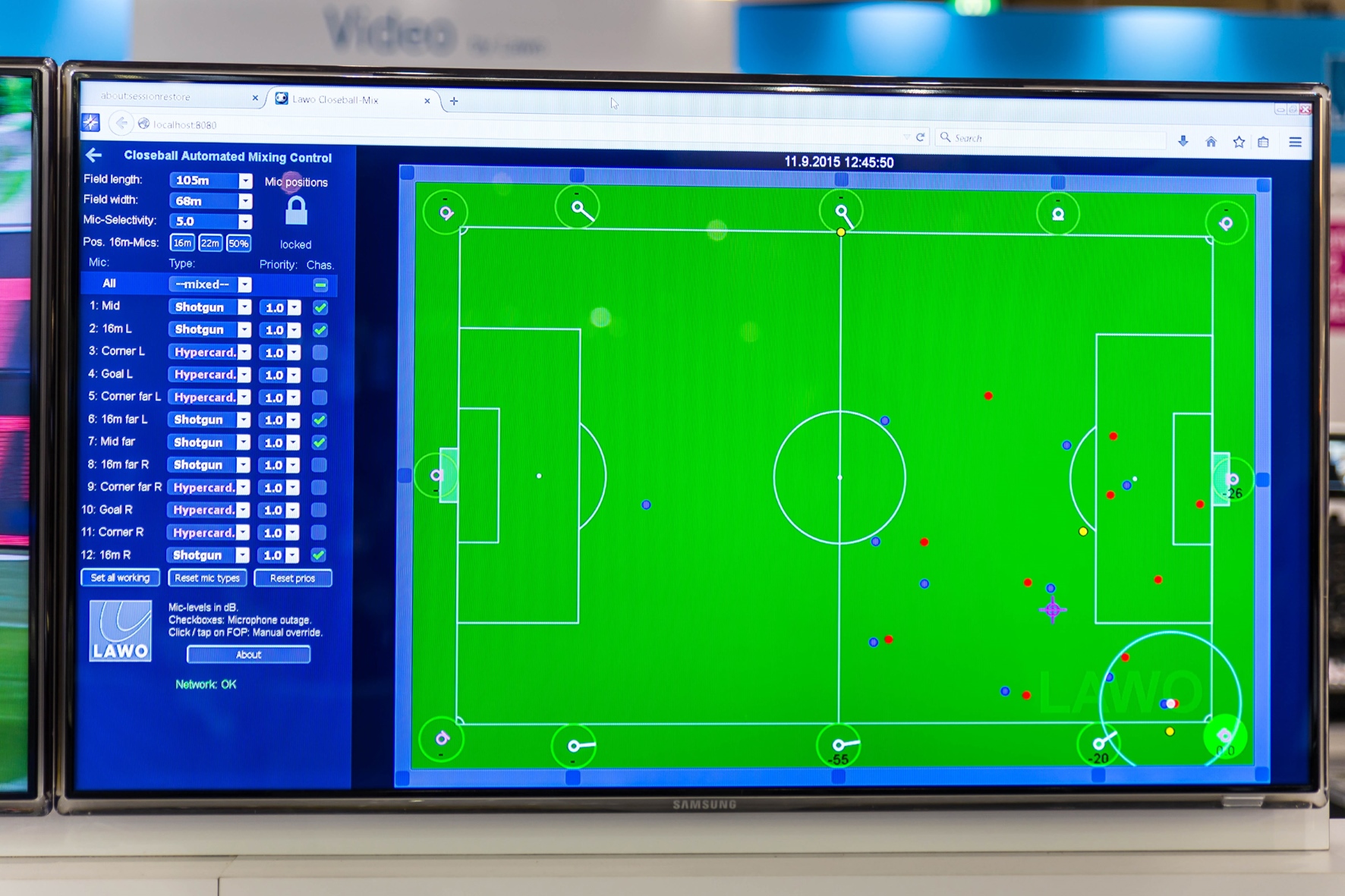
Although 5.1 sound was actually used (albeit in a very minimal way) in film as far back as the 1970s, it was only in the 1990s that it started to become more commonplace. This approach of employing five full bandwidth channels and one low-frequency effects channel to create a more compelling audio experience began to achieve traction in public cinemas and, eventually, the burgeoning home cinema market. In time, 7.1 and 9.1 configurations would also gain popularity in some areas of the consumer market.
In the last few years, though, the conversation has moved on once again. Now, increasingly, immersive audio is the name of the game; whereas 5.1 and related configurations had the ability to serve audio on one level only, immersive audio adds height speakers to provide the listener with the opportunity for a truly three-dimensional experience.
Thanks to the advent of several specific immersive audio technologies, this new approach to audio has already made a major impact worldwide, with the number of immersive audio cinema screens increasing all the time. Meanwhile, the implications for the domestic environment remain more difficult to predict. It is generally accepted that a 9 or 9.1 speaker configuration is required to create an immersive audio installation – something that only a fairly limited number of householders will have the space to accommodate.
However, an emerging new generation of soundbars that can be situated below TV screens, and which simulate three-dimensional sound by psycho-acoustic methods or clever sound reflection methods, does hold promise. A third approach – in which sound reproduction is optimised for headphone-only listening – arguably offers even greater potential for mass market adoption.
In short, it is evident that we are in a period of significant transition. But it is equally clear from the increasingly frequent public and trade show demos taking place that immersive audio has the potential to draw the viewer more fully into the action than ever before. Music and other entertainment content is bound to be a primary beneficiary of immersive audio, but the same can also be said of sports – which has always been a great driver of technological change in broadcast.
Simultaneously, sports is likely to be one of the most enthusiastic early adopters of personalised audio – whereby home viewers will be given greater control over the audio mixes that they experience, allowing them to adjust variables such as speech levels and background sounds. For example, in sports, this would allow viewers to position the commentary more prominently in the overall mix whilst reducing the audibility of crowd noise.
Given the impact that these new technologies may have on the home audio experience in the years ahead, it is perhaps unsurprising that they are increasingly being grouped together under the term ‘Next Generation Audio’ (NGA).
KICK-starting the future
Whilst the roadmap for NGA continues to take shape, the team at Lawo is working to provide broadcasters and content creators with the tools that they need to move boldly into this brave new world of audio. The KICK automated audio mixing technology is a case-in-point.
Introduced at IBC2015, KICK closeball mixing technology is an important addition to immersive and personalised audio, redefining audio production for live sports events that use a ball. Interfaced to popular image analysis and tracking systems, KICK guarantees a consistent, fully-automated, high-quality, close-ball audio mix, according to Lawo.
It is important to note that in object-based playback environments – where allowance must be made for personalisation, such as the TV viewer wishing to adjust the commentary level in favour of the ambient noise around the pitch, for example – consistent closeball mix becomes even more important. In immersive audio production, the sound engineers will have to deal with many more tasks, including metadata for audio objects or listening to various downmixes – so any assistance that can be provided during mixing is highly welcome. In addition to audio-follow-video, KICK is the logical next step, adding another important element to broadcast audio production.
More recently, the V2.0 of KICK, launched at IBC2016, extends the capabilities of the system to address other sports and allows the system to be supplemented with Lawo’s new motorised microphone stands, which are remotely controlled by the software and allow the mics to automatically follow on-field action.
Out on the road with the OB service providers that capture the sports action, Lawo has been involved with some major projects that will help to signpost the future of immersive audio. A new OB truck fielded by Japanese broadcaster NHK last year is a prominent example of work in this area. The first OB truck featuring Ravenna audio-over-IP technology in the US, the facility features Lawo’s mc²56XT mixing console. The console provides a 64-fader surface in an audio booth with only 84 inches of linear space, and accommodates 288 DSP paths with 8,192 x 8,192 audio routing capability and three DALLIS I/O stageboxes in a redundant configuration.
As well as full support for the AES67 interoperability standard, the truck is capable of up to 22.2 surround sound as a potential audio delivery format for the network. As part of a long-term cooperative effort between NHK and Lawo, the two companies have been working together to develop the tools and practical applications needed to create an immersive audio experience with 3D surround audio, and are committed to developing further technical innovations.
In its current configuration, the truck supports conventional stereo and surround mix capabilities and serves as a test bed for deployment of 22.2 surround mixing and monitoring.
To some extent, the adoption of immersive audio is likely to be determined by the level of interest in 4K/UHD and 8K – the higher-resolution visual technologies for which NGA techniques will augment sound-wise. But on a content level alone, there is no doubt that immersive audio holds considerable promise in terms of the creation of new programmes and material that engage viewers in ways never previously encountered – and that has to be a source of excitement for all members of the pro-audio community.”
